I was only six, and will never forget the sensation of feeling like a princess when my mother and I reached the last step of the Medici’s Tower of Santo Stefano di Sessanio. Today, as you approach the village, you cannot miss the surrounding and breathtaking landscape of the Appenine mountain region in the Gran Sasso National Park of Abruzzo, Italy. Santo Stefano di Sessanio is a medieval village that sprung up from the plateau of Campo Imperatore and mushroomed into a citadel that feels as if frozen in time.
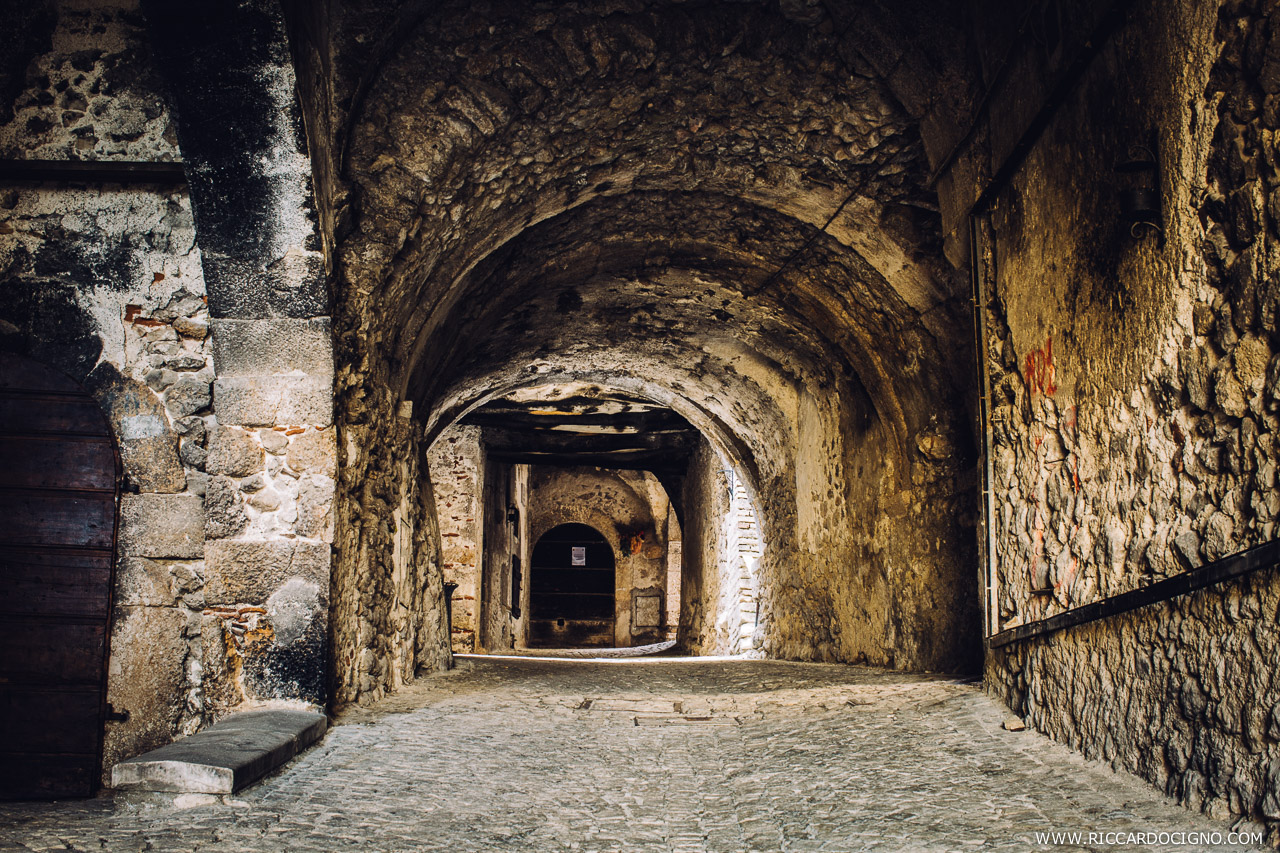
I had heard about the ‘Albergo Diffuso’, literally translated as ‘scattered hotel’, which exists within the citadel as a collection of restored historical houses and caverns spread out and forming the hotel’s guest rooms, suites and restaurants. The village now holds what I would describe as a luxurious medieval experience where you really feel like an honoured guest. The village would have been known during Roman times as Santo Stefano di Sextantia. Sextantio is the name instated by Daniele Kihlgren, the visionary entrepreneur behind this albergo diffuso project. I had the pleasure of meeting Daniele at the hotel’s tea room ‘La Tisaneria’. He explained how preserving the authenticity of the historical location and culture has been the foundation of Sextantio at Santo Stefano di Sessanio. It took many years of research for Daniele and his team to recreate the cultural traditions accurately. This work has included that of anthropologist, Nunzia Taraschi with the help of the museum (Museo Delle Genti d’Abruzzo) to authentically produce natural products such as hand-made soaps and shampoo following traditional artisanal methods.
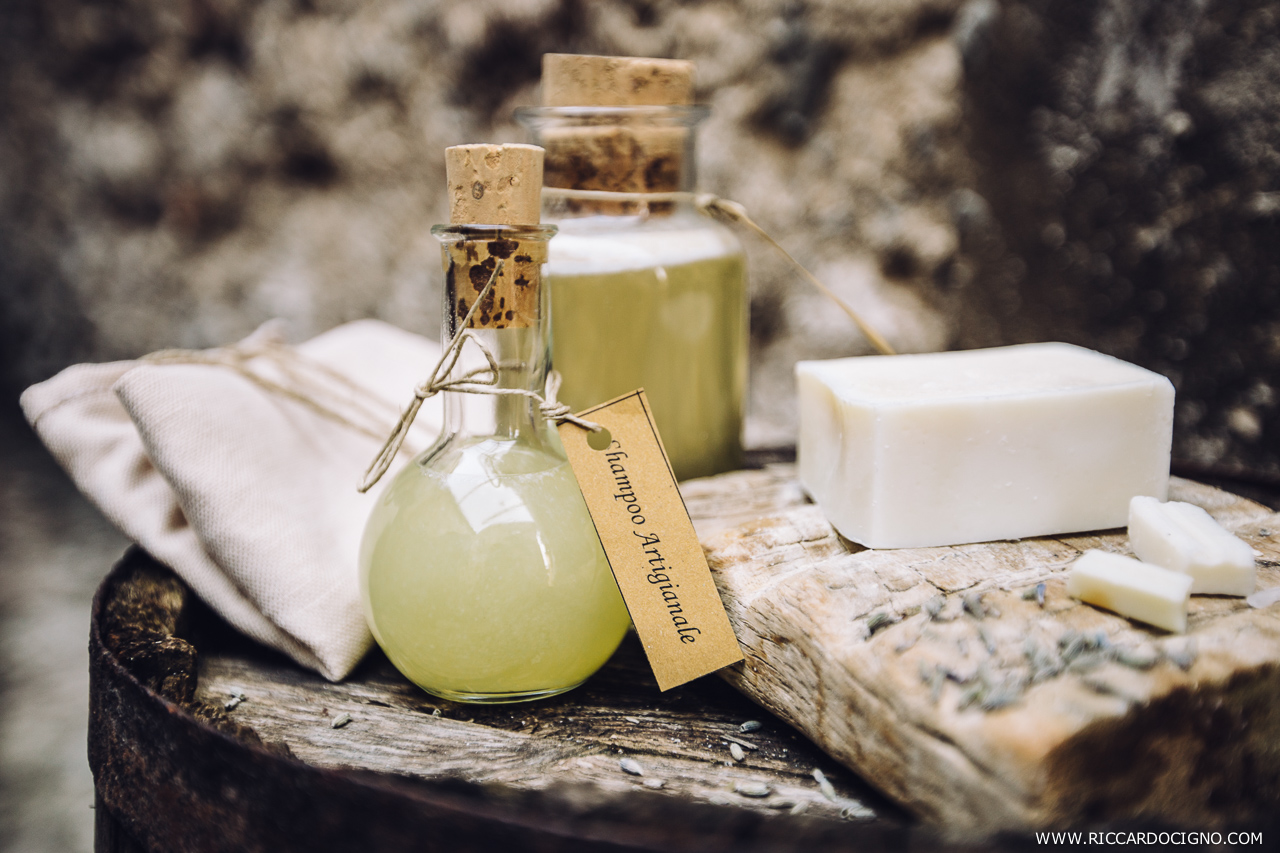
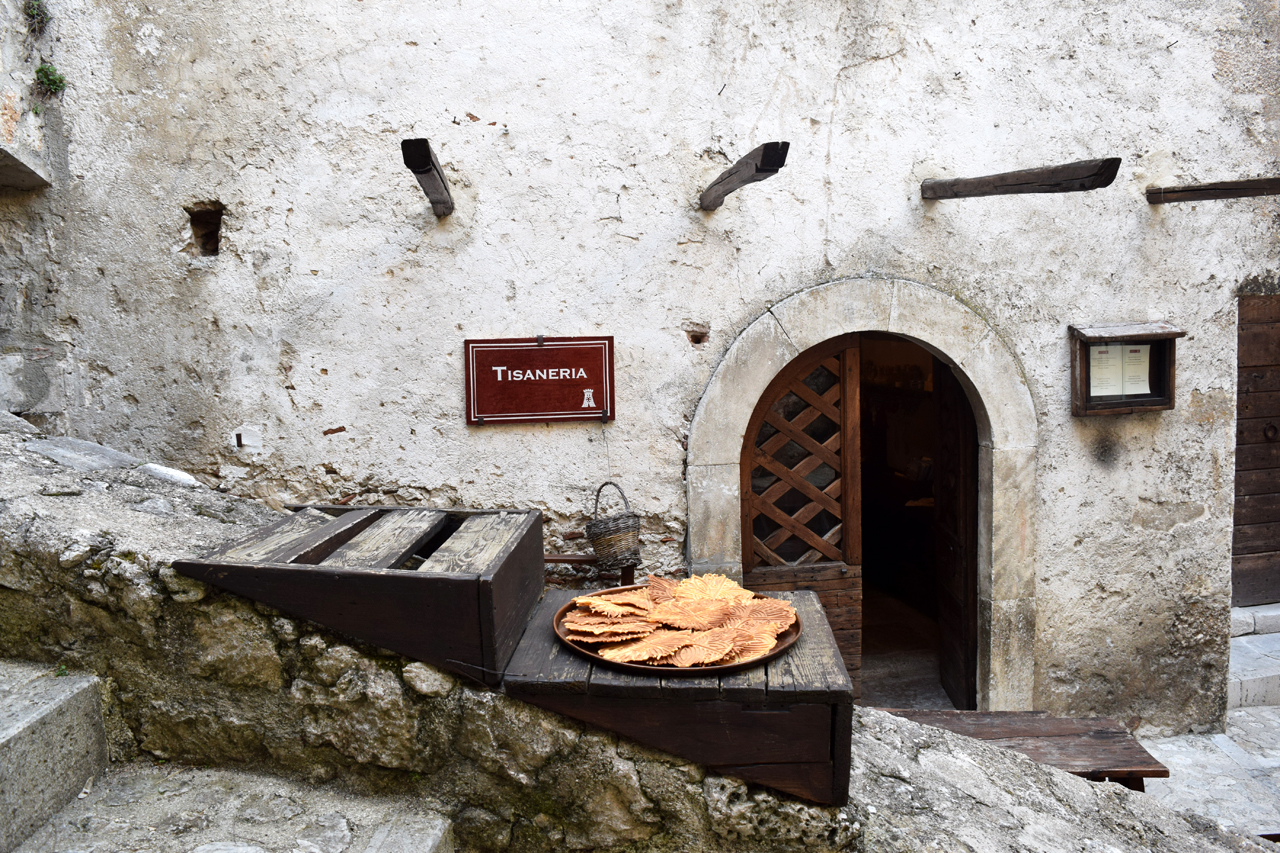
At La Tisaneria, you can enjoy a range of hand-made teas also created from authentic medieval recipes, served with local honey and traditional wholesome biscuits. The tea room also serves as La Bottega where you can buy authentic products such as hand made clothes and homeware knitted from local wool produced by L’AquiLANA, traditional soap, and of course the wonderful herbal and floral teas from original recipes.
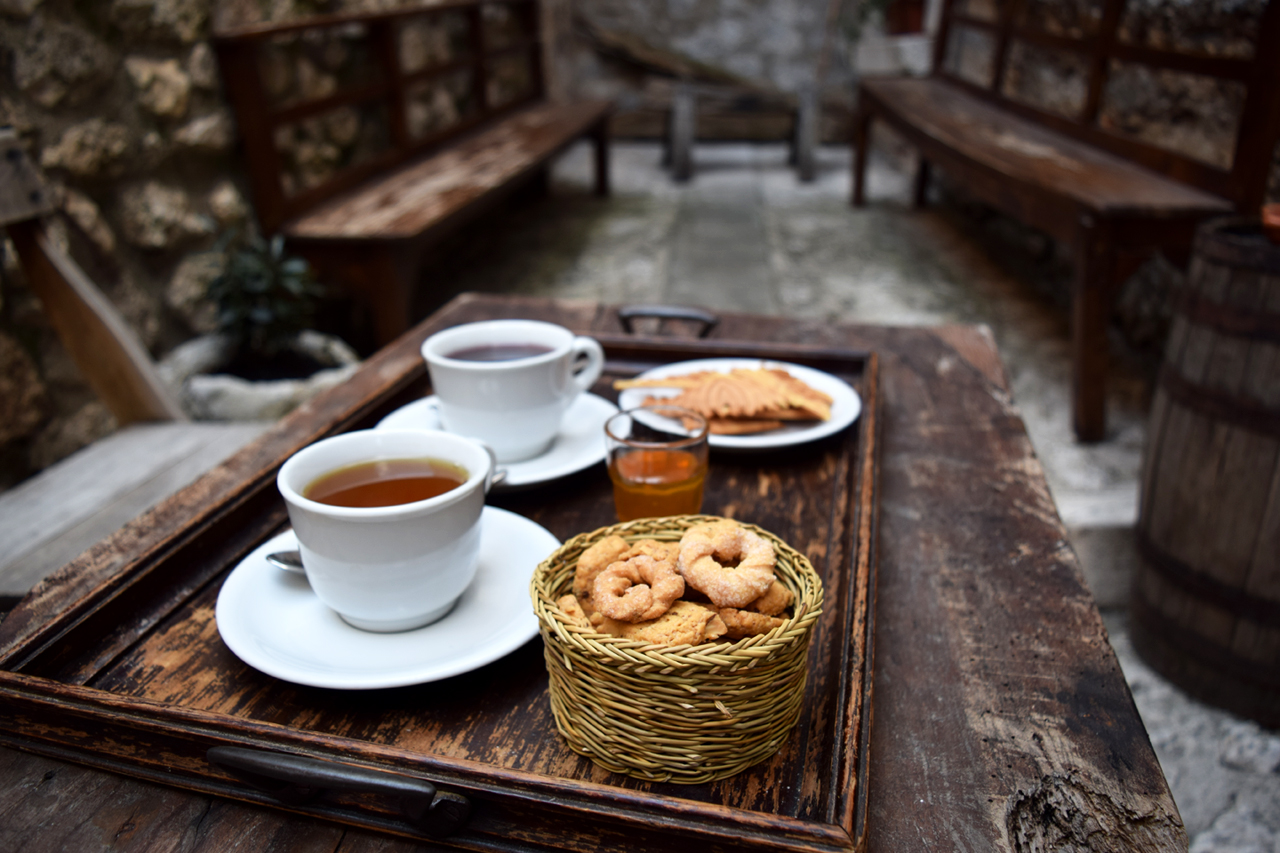
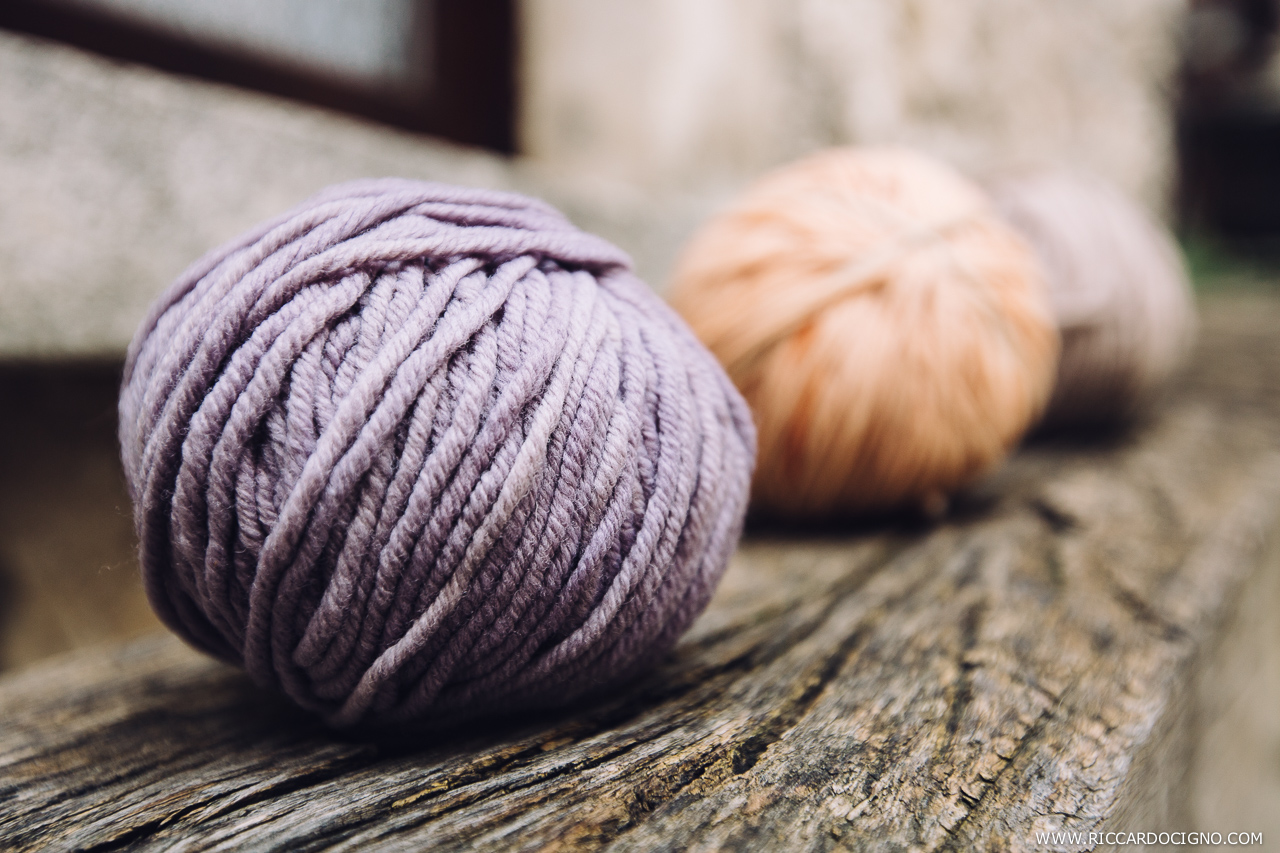
Authenticity includes the building materials used to restore citadel houses and caverns into guestrooms, suites and other spaces of the hotel. Rooms retain the original exposed stone, wooden beams and doors which all function perfectly at their jaunty angles. As we were welcomed to our suite we were delighted by the original fireplace dated 1583 in our sleeping area.
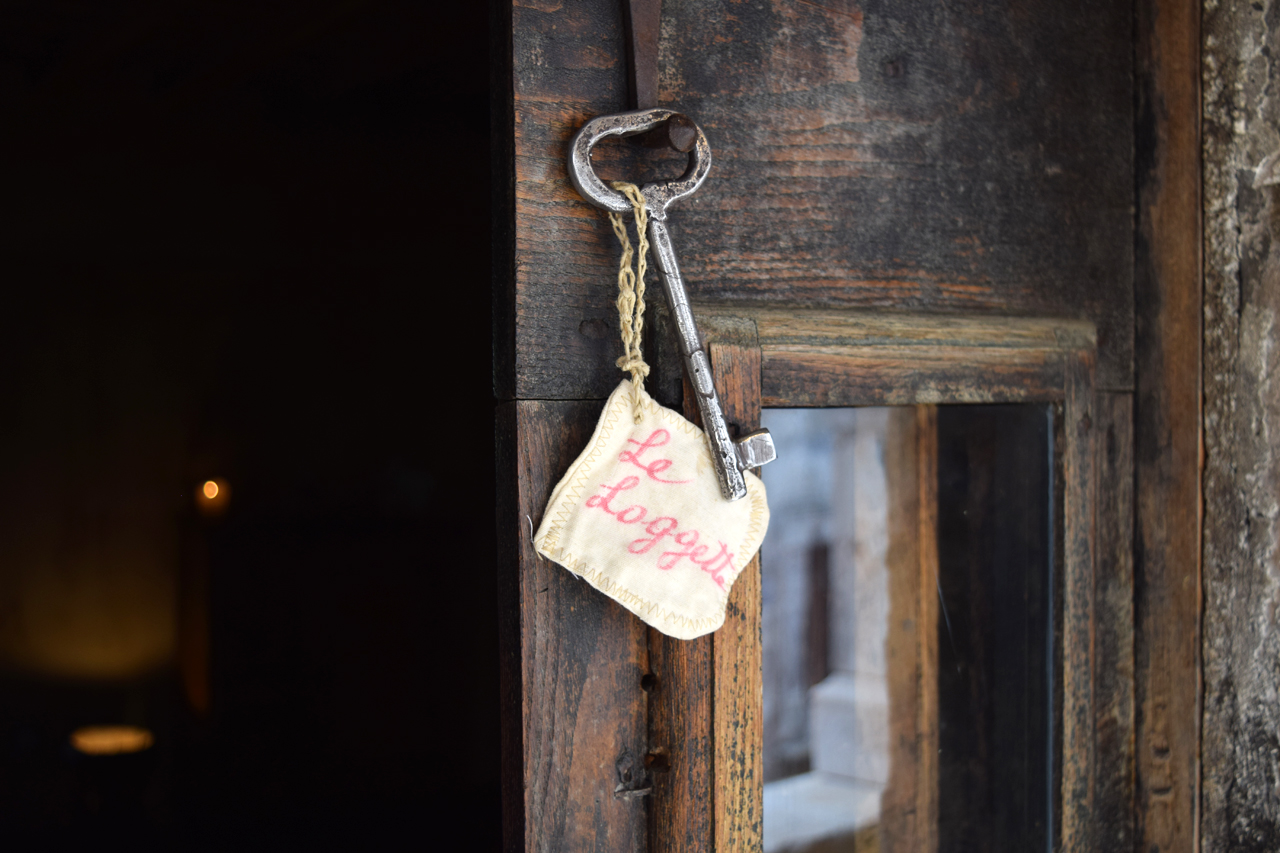
A few attentions to modern details make the experience truly convenient and luxurious. The bathrooms tend to be spaces adjoining the sleeping and living areas and feature under-floor heating with ultra-modern bathroom fittings integrated perfectly with the original exposed stone and wood. It is as if the prayer of the medieval village for Renaissance has been answered. Some bathrooms are within the sleeping spaces and all feature huge freestanding baths.
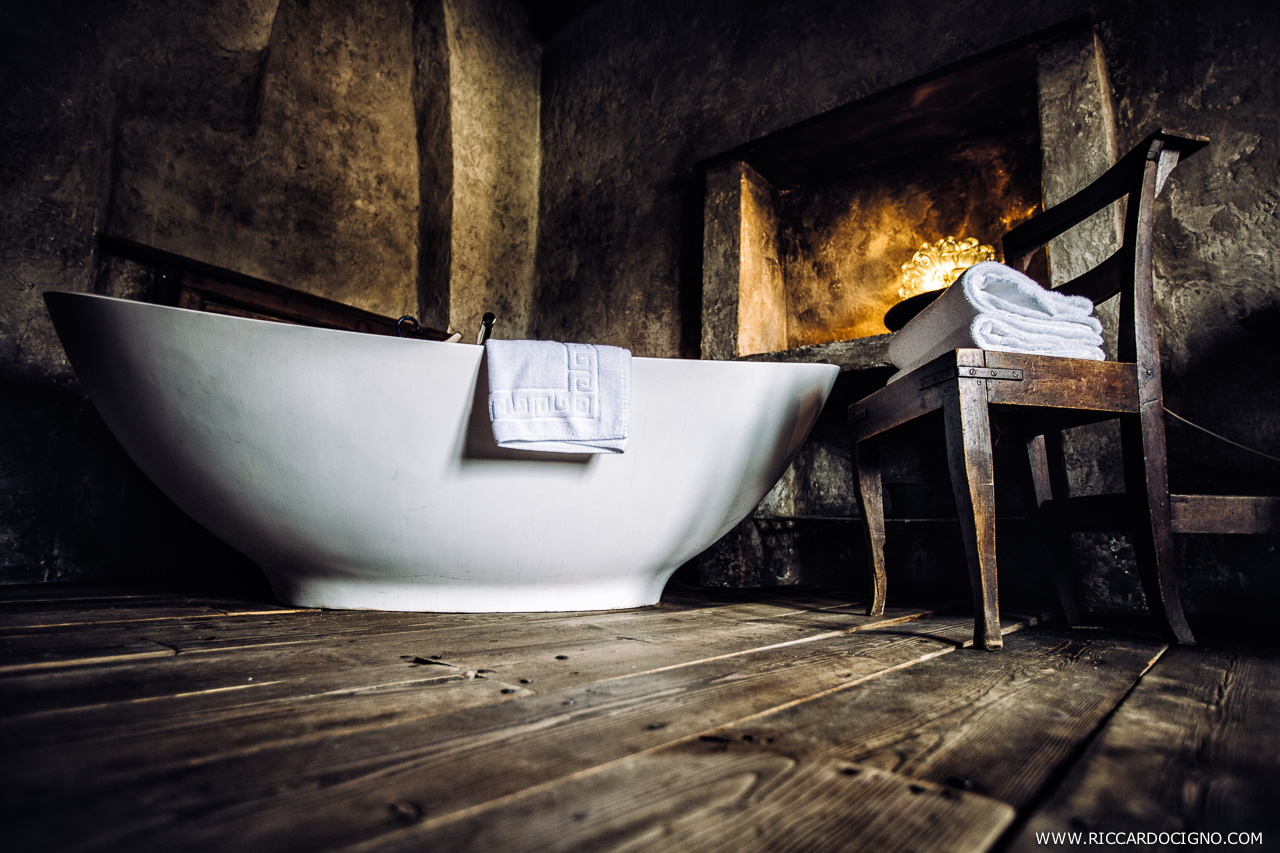
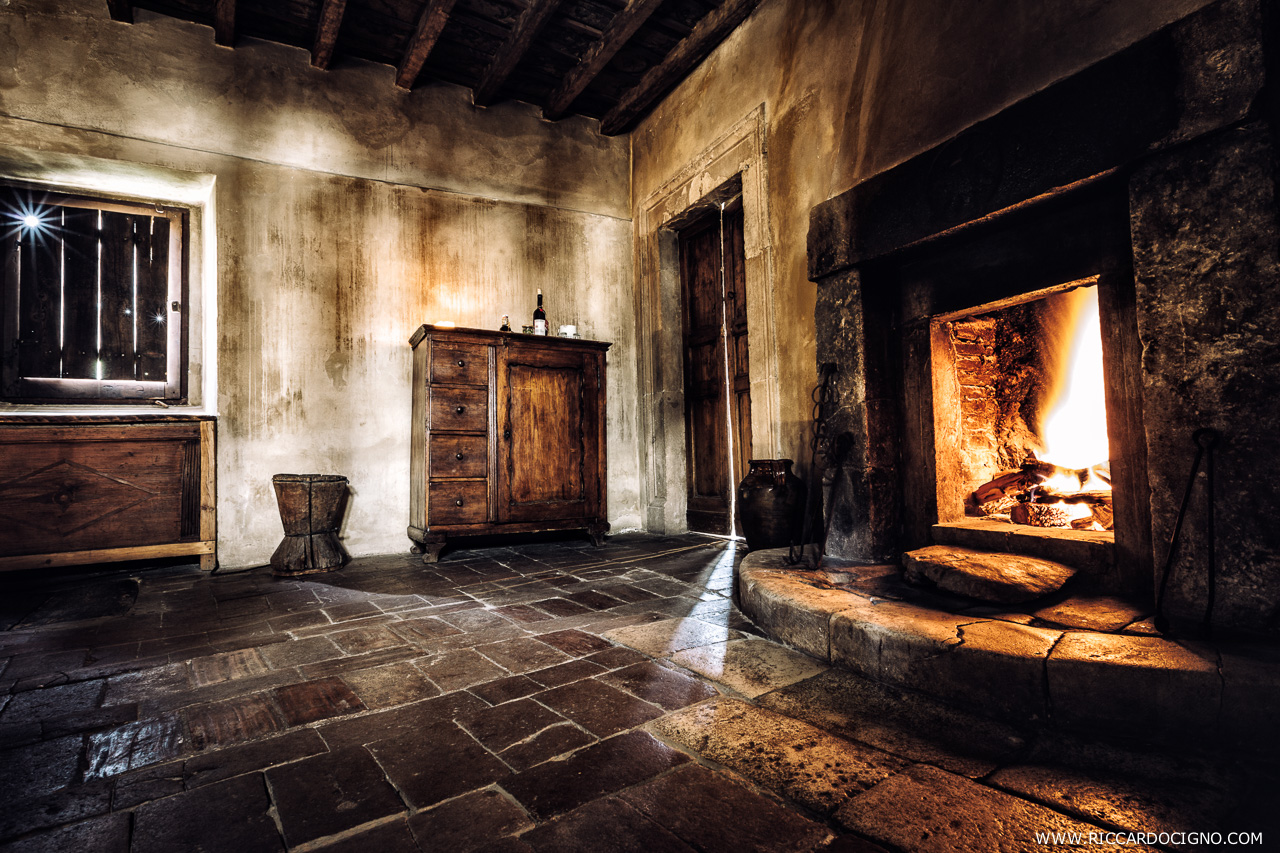
That evening I slipped into a lovely warm bath and felt like Marie Antoinette in her heyday. Meanwhile my husband had set a fire in the main room and poured some Vino Cotto, the traditional type of wine from the Abruzzo and Marche regions of Italy, which is not dissimilar in taste to Port. What is beautiful about the guest rooms and suites at night is that you don’t hear any distracting noises. You fall asleep with the melody of the occasional woodpecker or owl.
In the morning we wandered through the village to the Locanda restaurant. The pure air, the surrounding nature and the swifts having their fete, the smiling faces in the village and the Buongiorno! voices… we are in the heart of Italy. A few steps further, under the arch… La Locanda. As we enter the restaurant our eyes are drawn to the central breakfast banquet of grapes, pears, hand-made yogurt, cheese, traditional juices, and a variety of tarts, biscotti al latte and other seasonal produce.
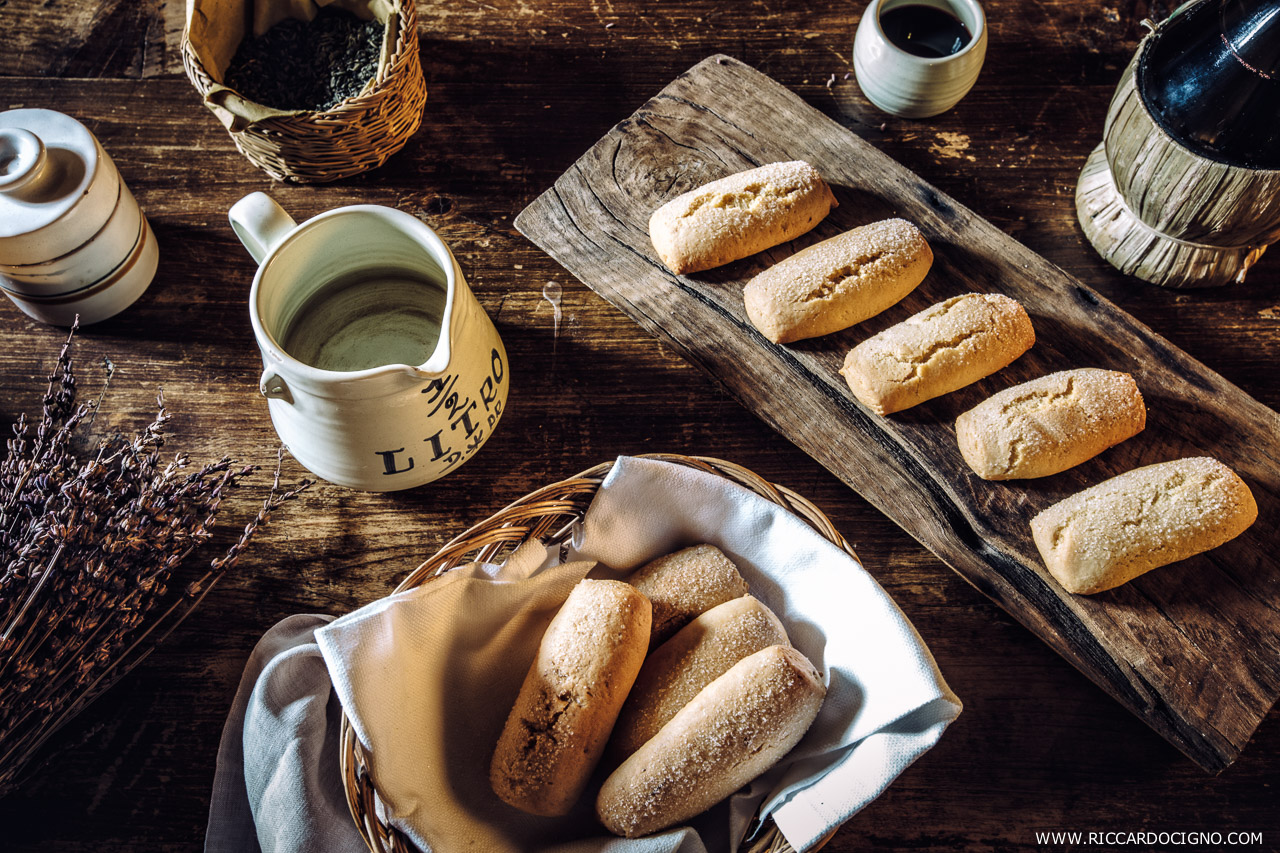
In the evening we went to ‘Il Cantinone’ which means ‘big cantina’. The cantina is a traditional cellar attached to a country house used to store food and wine. Cantinas still have a central role in rural life, preserving food during winters and regulating temperature during the summer. At Sextantio, the Cantinone has been authentically restored and it’s food and wine menu reflect the world of rural self-sufficiency. It offers various sausages and cured meats, cheese and vegetables preserved in olive oil and of course, fantastic wines from the Abruzzo region, as well as dishes chosen from local and traditional cuisine. As we strolled through the stone archway and into the side door of ‘Il Cantinone’, we immediately felt the warm ambience and communality that would have been central to medieval life. The wooden tables are nestled around a large stone fireplace which is flanked either side by small niches where food is kept warm now, just as in the past.
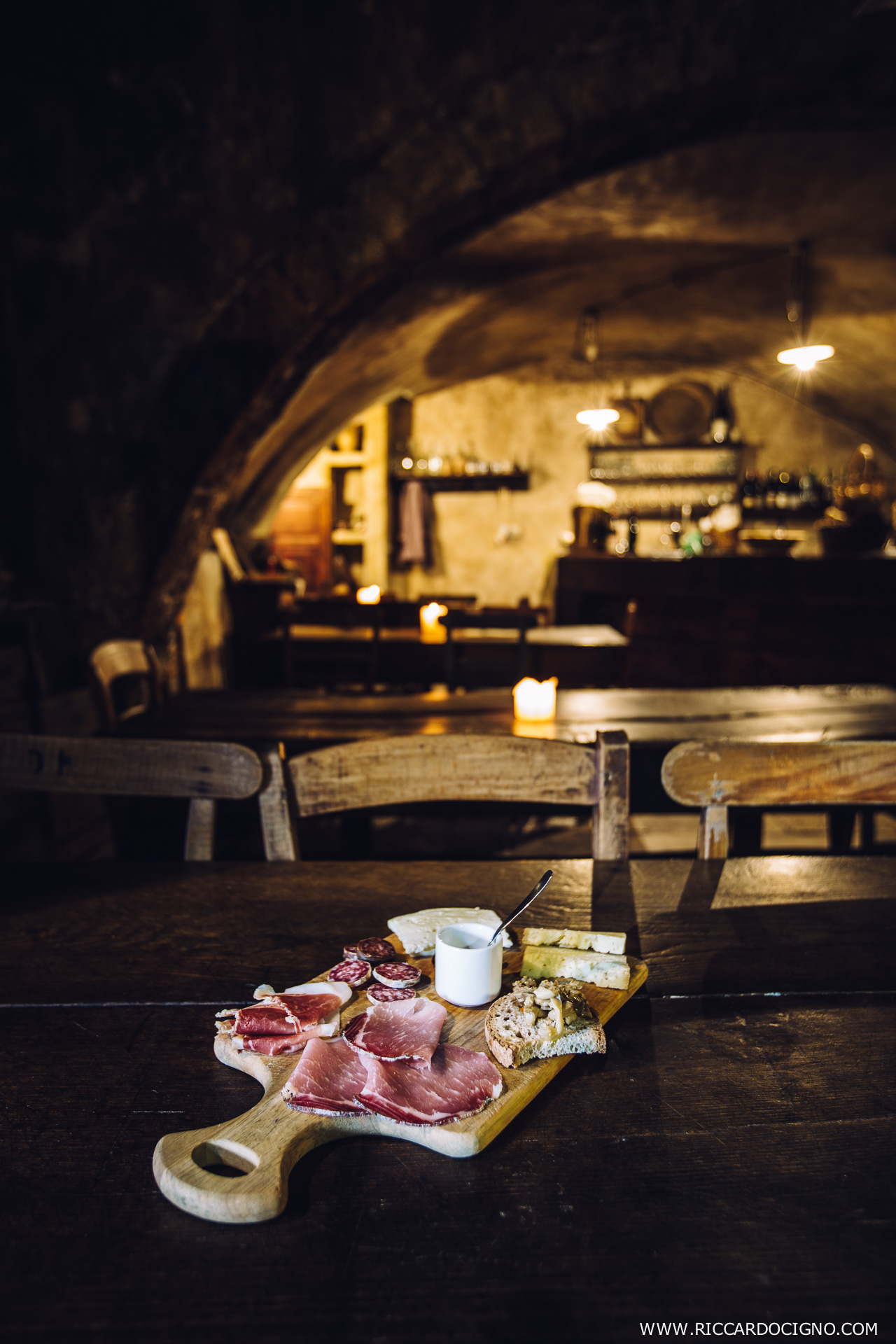
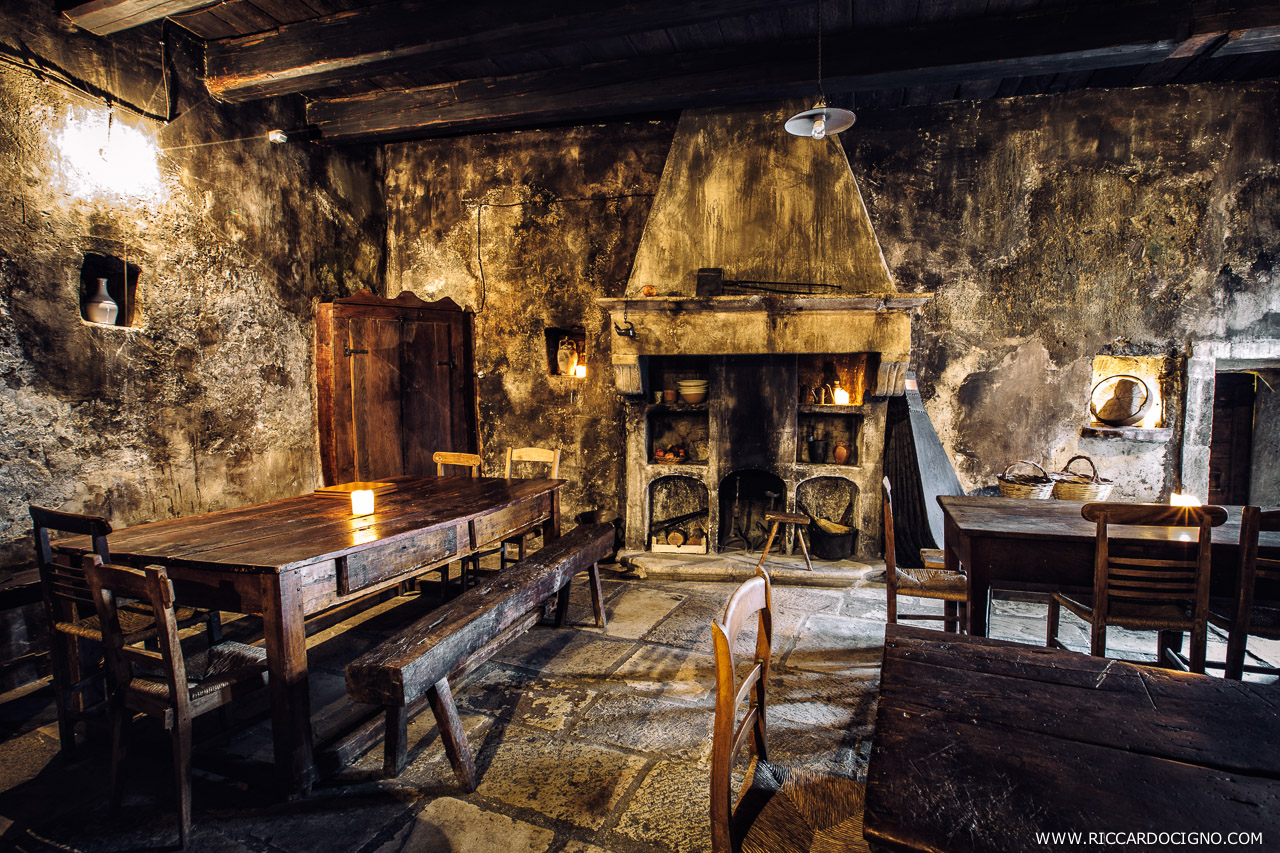
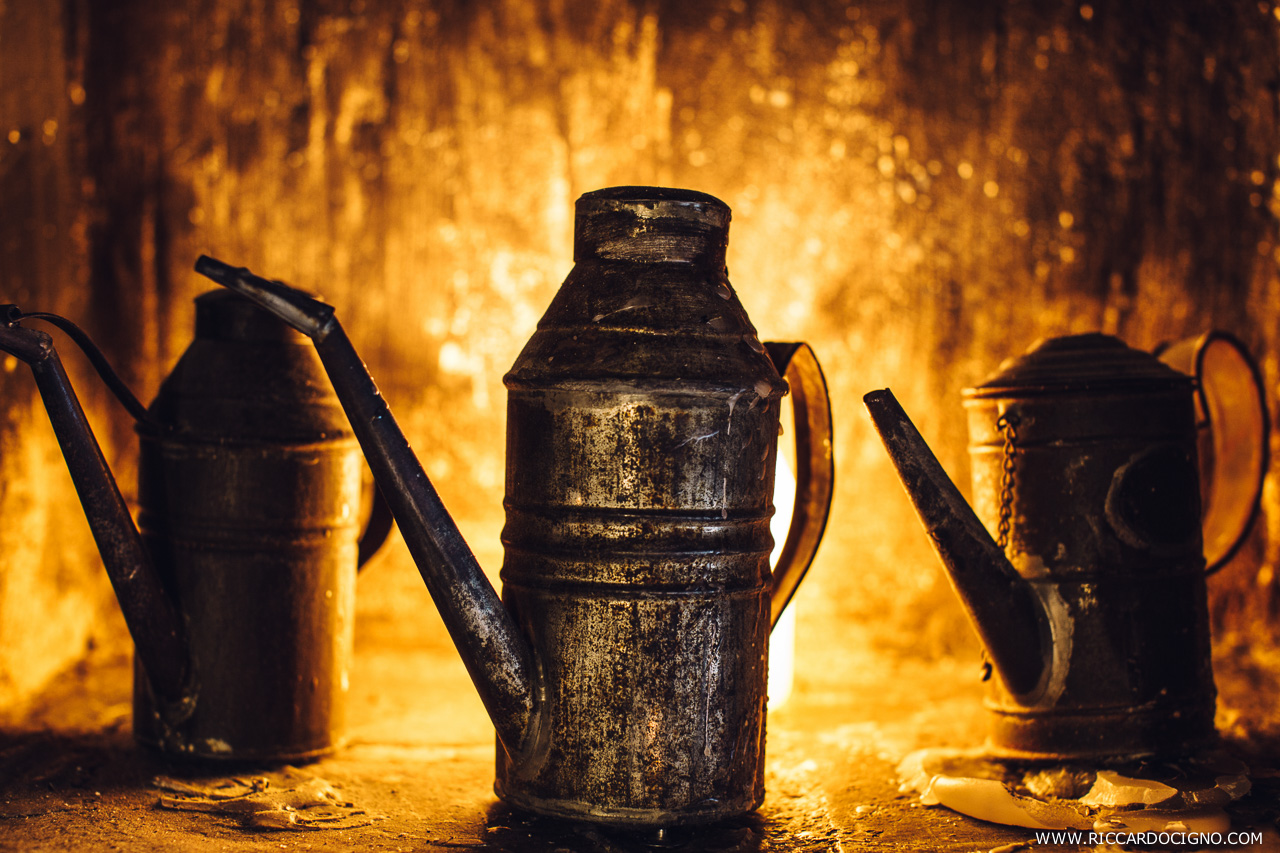
Going back in time some 500 years with a modern twist is a very special experience and doesn’t happen everyday. The medieval minimalism makes you realise what is essential in life and how enlightening it is to pass tradition on.
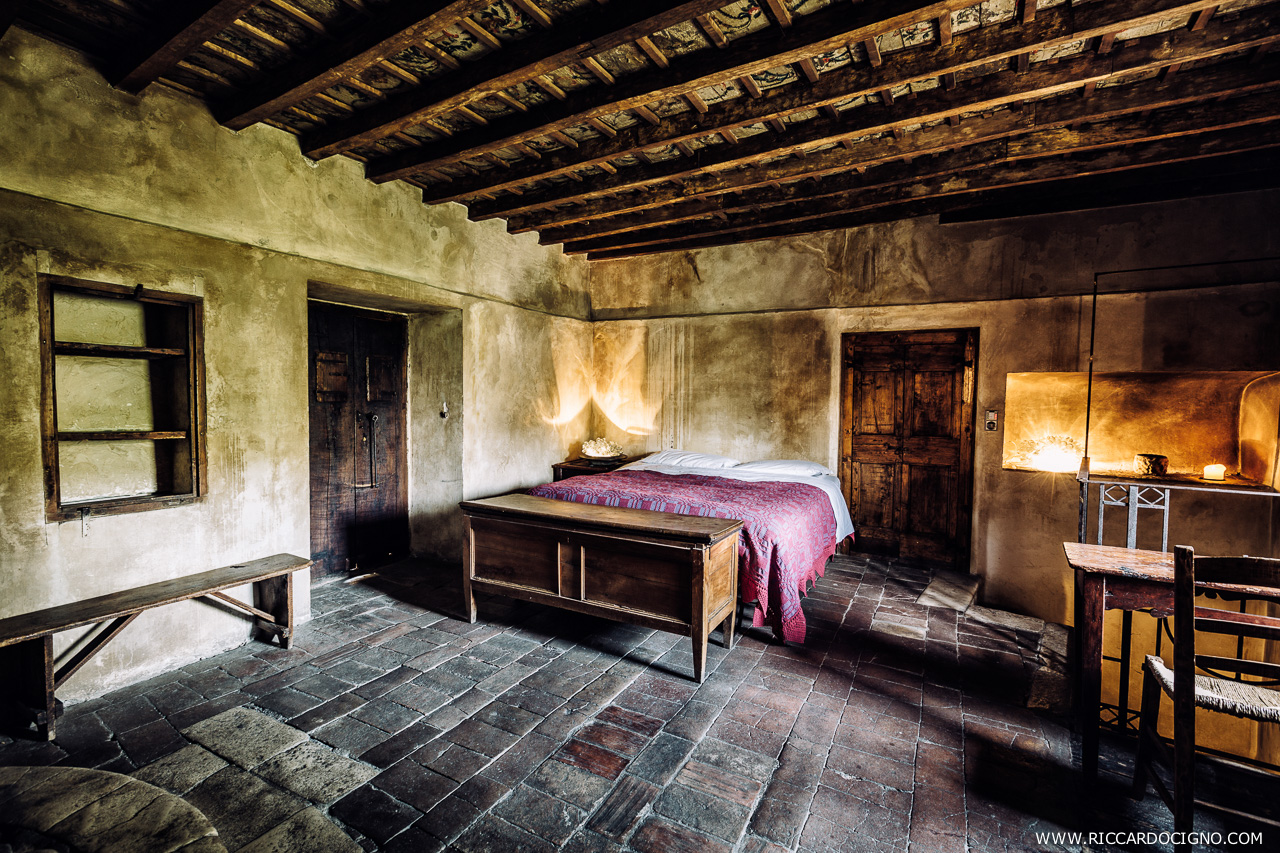
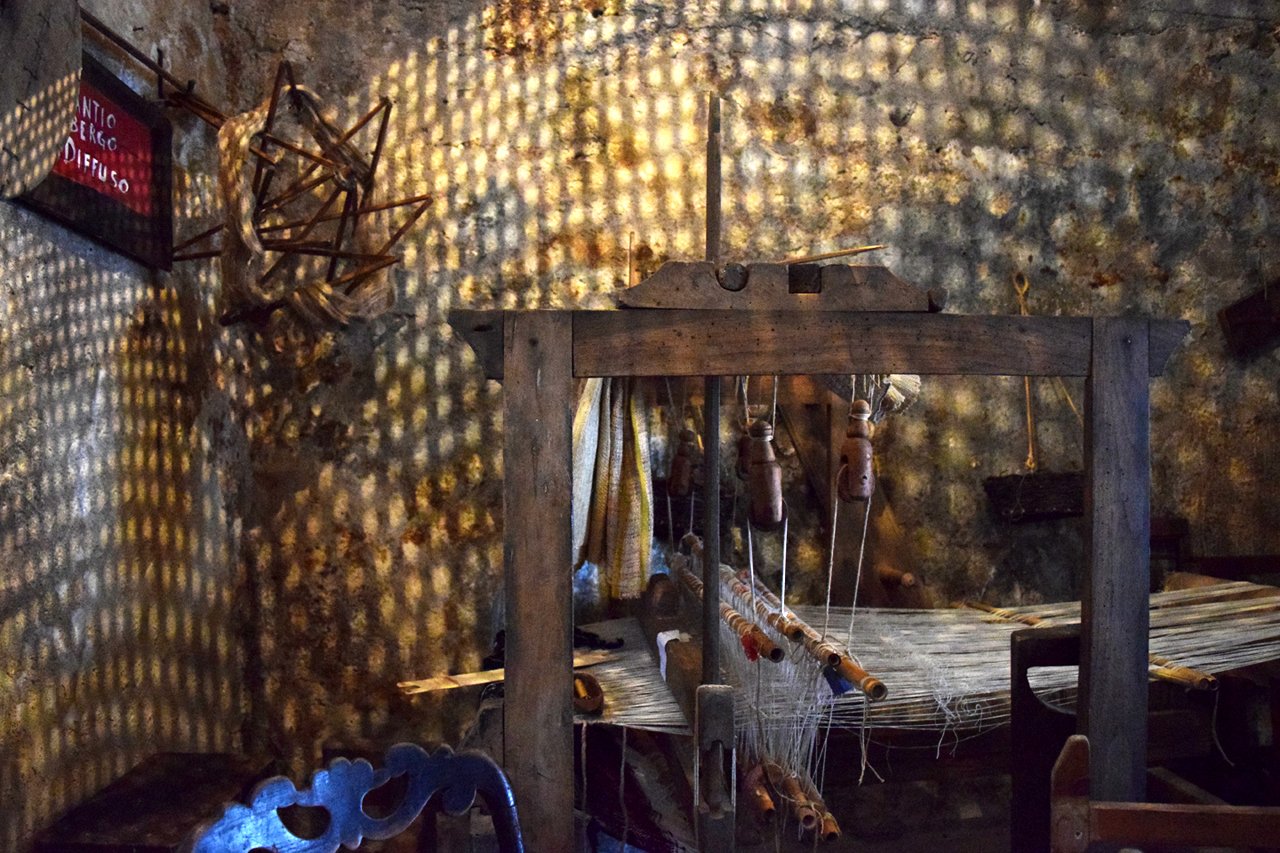
I would love to hear from you in the comments below! Enjoy reading my blog.
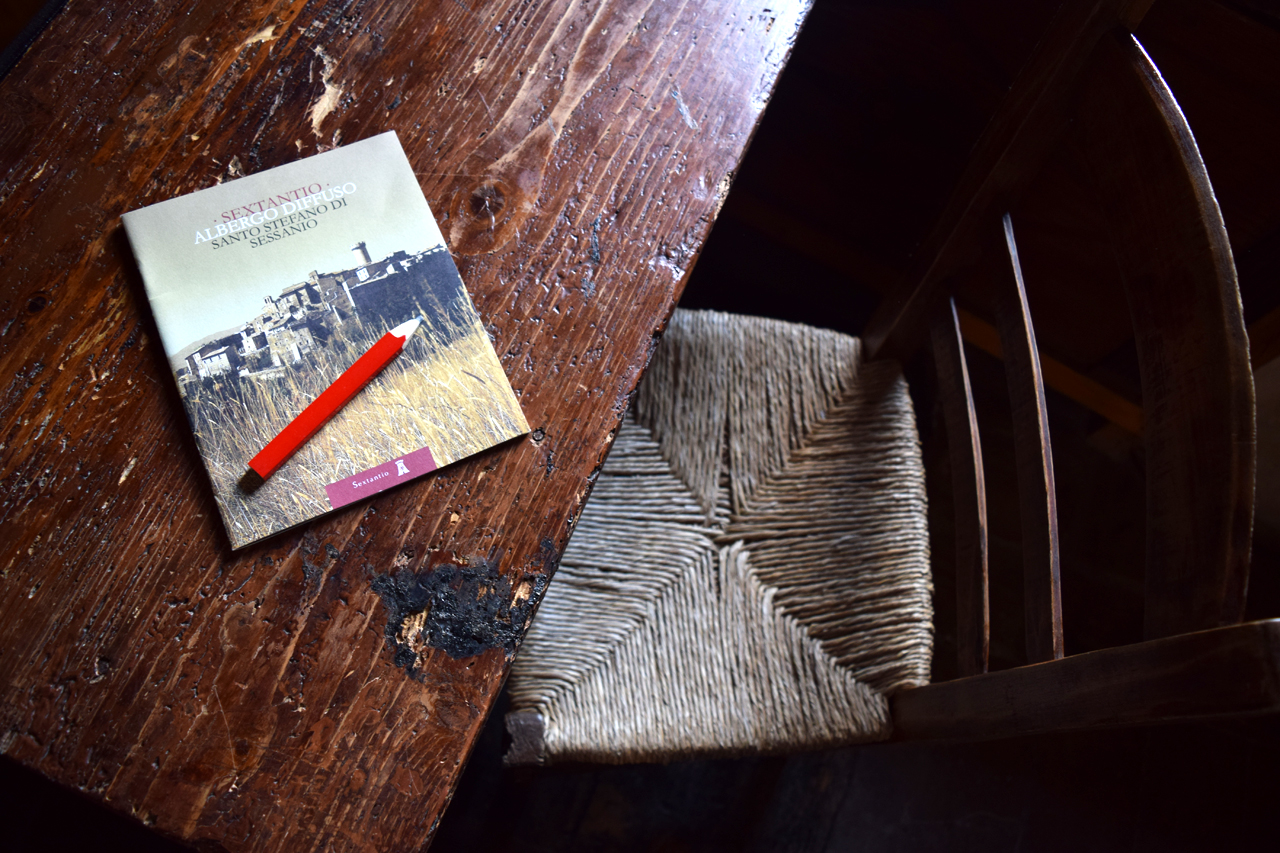
Our friend Riccardo Cigno joined us in this adventure. Riccardo is a professional wedding and art photographer with international accolades. I worked with Riccardo and my husband Julian Harris to take the photos that accompany this story.

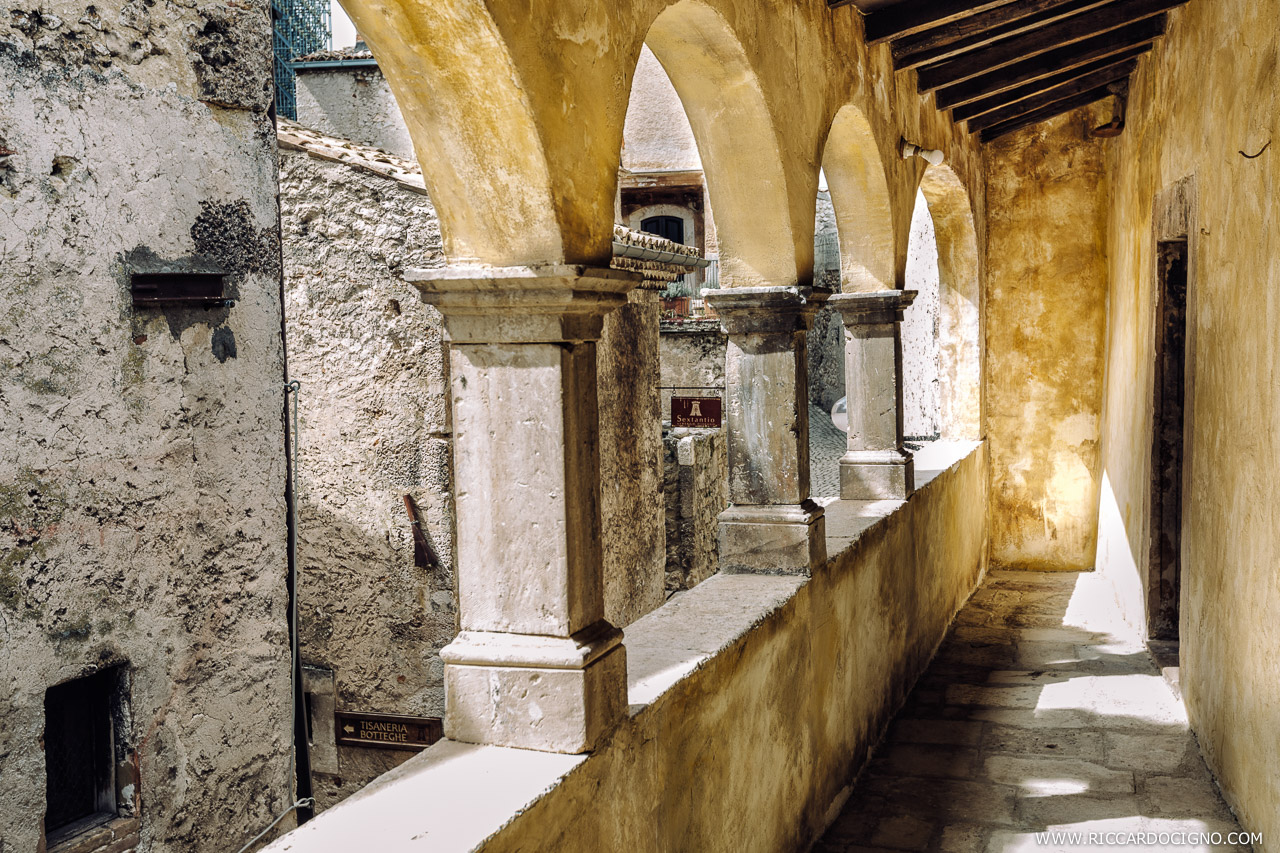
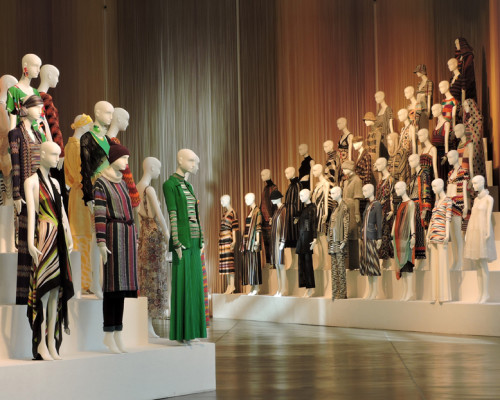
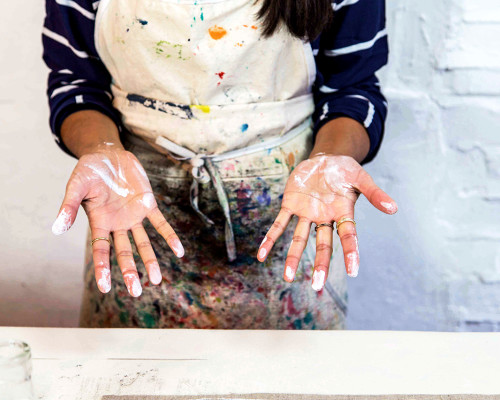

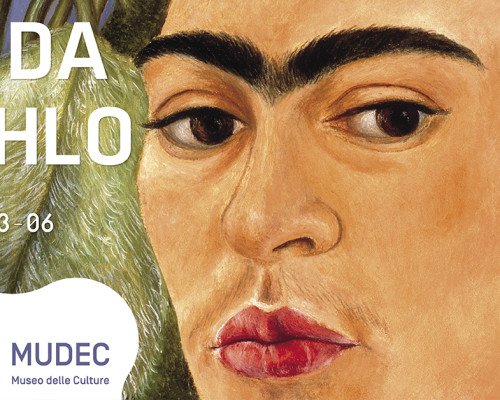
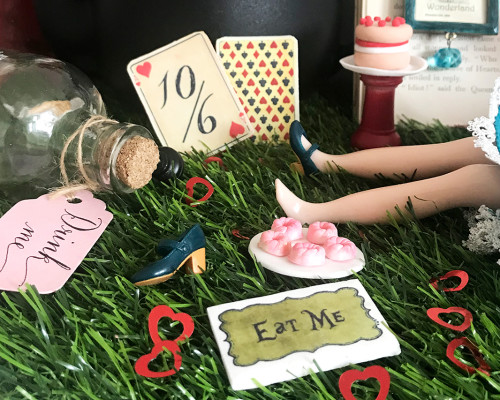
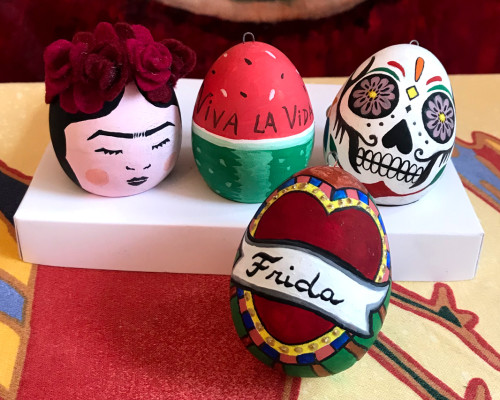
Janet
18th November 2016Thank you for sharing. It looks like a truly magical place. We intend to see for ourselves in October so thank you!
Bobbie
17th October 2017We spent 3 days and 2 nights here in early May of 2017. It was wonderful, relaxing and the perfect retreat from Rome and the rest of our travels in Italy. We would highly recommend it and will be back again on our next trip to Italy!
nlnl
2nd May 2016Very nice! Vx
Giselle
30th April 2016What a fantastic place, I would love to visit. Your photos and description are wonderful.
ilaria
30th April 2016Thank you everyone! If you are there do visit the Cantinone as well as the Locanda restaurant!
Monica Gibson
30th April 2016the way you described every day, every place, every moment, food, tea, wine, colours, temperatures etc, took me right there! what a wonderful post.
thank you and now it is in my “must visit” list.
Monica
CRC
30th April 2016Wow, it looks amazing, your pictures and descriptions really make me want to visit such an amazing place.
Fiammetta
19th April 2016Ilaria!
Lovely story and we are certainly talking about a wonderful part of Italy. It makes me want want a pay a visit to Albergo Diffuso. Abruzzo is a magic place for its location, food, niceness of people and breathtaking landscapes and in your story one can almost sense and smell all that.
I really enjoyed reading it, please post some more!
Fiammetta
ilaria
20th April 2016Thank you Fiammetta! You are right – there are so many lovely things in Abruzzo!
Paola Sergi
18th April 2016Lovely! Your accurate and lively description, and the beautiful photos, make me want to visit the area, and spend some time at Albergo Diffuso. Please keep up posting on your delightful blog, I look forward to the next installment 🙂
ilaria
18th April 2016Thank you for the lovely comment it made my day!